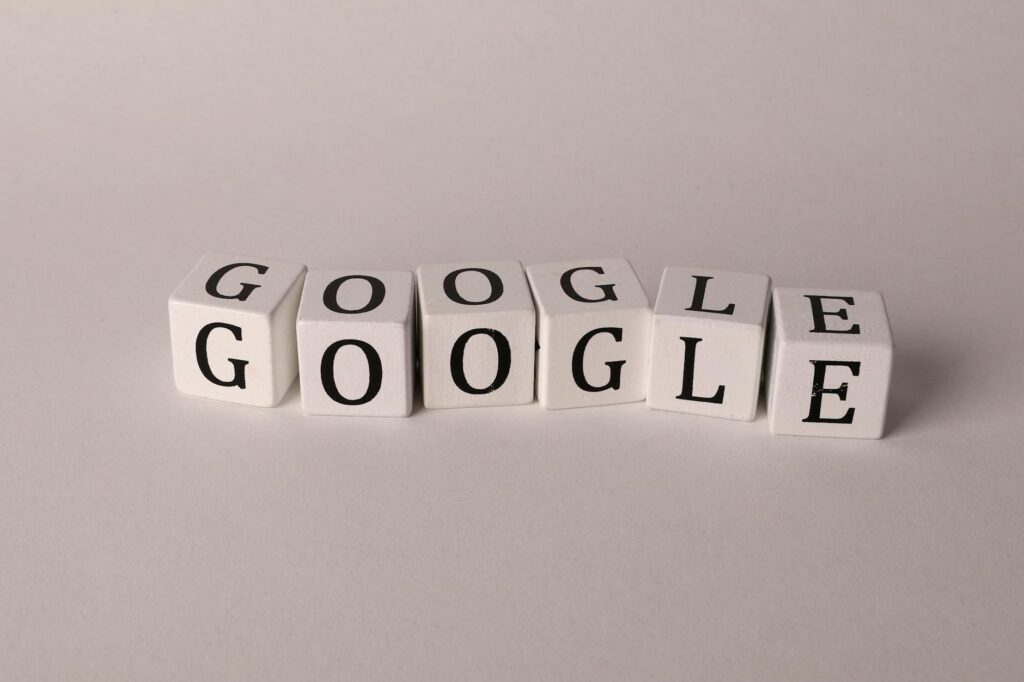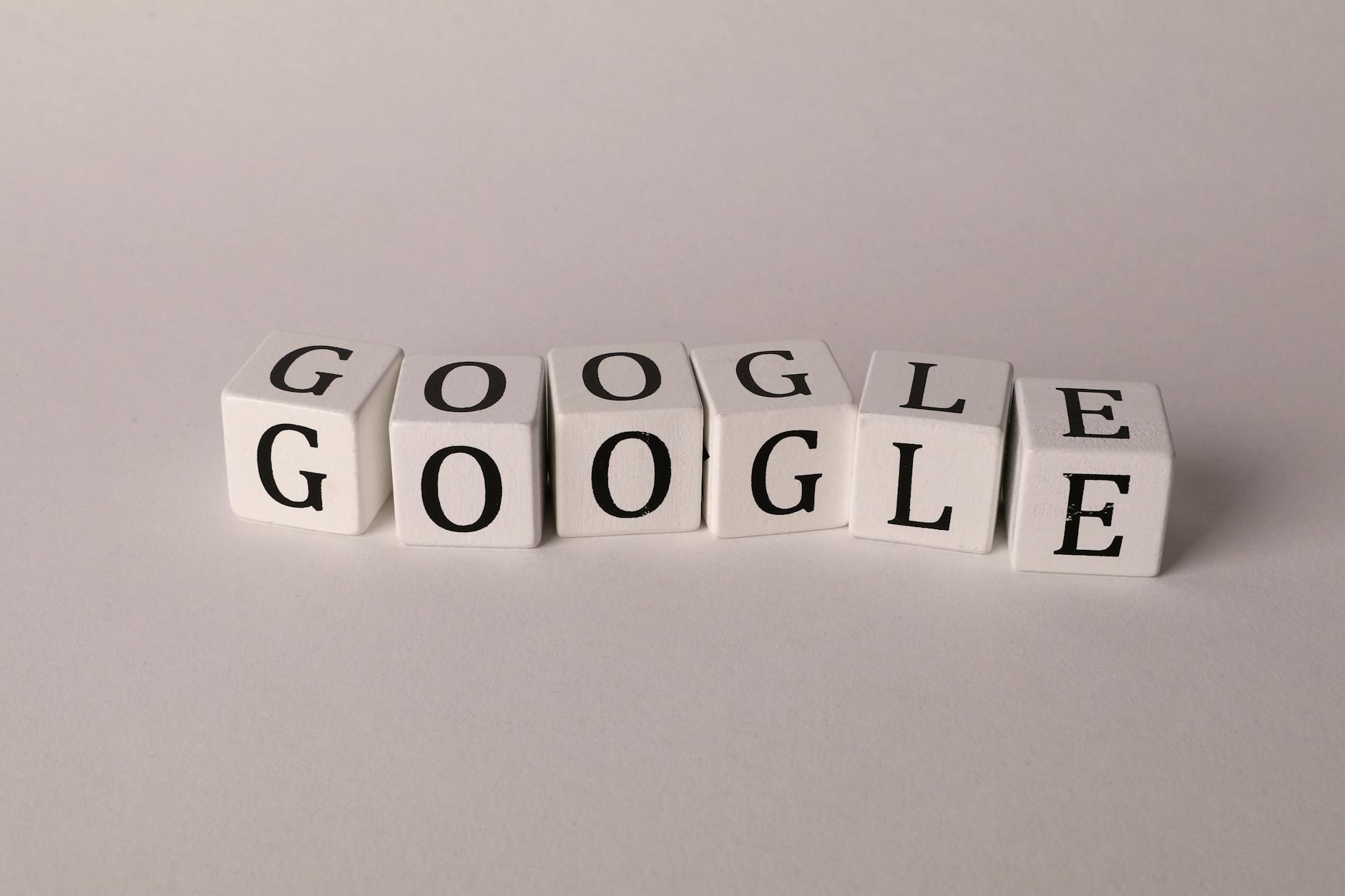What is digital representation?

What is digital representation?
In today’s digital age, the term “digital representation” often surfaces in discussions about technology, data, and communication. But what does it really mean? Digital representation refers to the process of translating information, whether it’s text, images, audio, or video, into a format that can be easily processed, stored, and transmitted by computers. This translation has become fundamental in our interaction with technology, shaping everything from how we consume media to how businesses operate.
Understanding Digital Representation
Definition and Scope
Digital representation is the conversion of information into a digital format which can be understood by computers. This includes everything from converting sound waves into digital audio files, like MP3s, to turning images into pixel-based formats, like JPEGs, or vector graphics, like SVGs. Essentially, it allows us to manipulate and communicate information through binary code—strings of zeros and ones. The technology surrounding digital representation is explored in depth at ScienceDirect.
Historical Context
To grasp the significance of digital representation, it’s helpful to look at its evolution. Initially, most information was stored in analog formats. For instance, records captured sound in grooves on vinyl, and photographs used light-sensitive chemicals to create images. With the advent of digital technology, we began to see a shift. Digital formats not only improved the quality and durability of data but also made it much easier to share and replicate. This transformation has enabled us to engage with media and information in ways that were previously unimaginable.
Types of Digital Representation
Digital representation encompasses various formats and mediums. Here’s a look at some of the primary types.
Textual Representation
Textual data is represented through encoding systems like ASCII and Unicode. ASCII (American Standard Code for Information Interchange) allows computers to convert letters and symbols into binary, while Unicode expands this to support characters from many languages, making it essential in our diverse global context. This encoding is crucial for everything from programming languages to web content, ensuring that text appears correctly across different devices and platforms.
Visual Representation
When it comes to images, digital representation takes two main forms: raster and vector. Raster graphics, like those in JPEG or PNG formats, are composed of pixels and become pixelated when resized. Vector graphics, however, are based on mathematical formulas and can scale infinitely without loss of quality. This distinction is vital for graphic design and web development, affecting how visuals are rendered and displayed across devices.

Photo by Ann H
Audio and Video Representation
Sound and video are also subject to digital representation. Audio files, like MP3s, compress sound data to allow for efficient storage and playback. Video files, such as MP4s, combine visual and audio data into one digital format. The ability to easily share and stream these formats has revolutionized entertainment and communication.
Significance of Digital Representation in Productivity
Digital representation is not just about converting data; it significantly impacts productivity, time management, and personal development.
Facilitating Information Processing
One of the standout advantages of digital representation is its ability to streamline information processing. Digital formats allow for quick retrieval, editing, and sharing of data, which is crucial in both personal and professional contexts. The ease of accessing information digitally means that tasks can be completed faster, enhancing overall productivity.
Enhancing Learning and Study Habits
For students and lifelong learners, effective digital representation can make a substantial difference in study habits. Digital tools can accurately present information, making it easier to understand complex concepts. Platforms that utilize digital representation—like e-books and educational apps—can cater to various learning styles, enhancing comprehension and retention.
Challenges and Considerations
While digital representation has many benefits, it’s not without challenges.
Data Integrity and Accuracy
One major concern is maintaining data integrity and accuracy. Digital representations must accurately reflect the original information; otherwise, miscommunication can occur. For example, a poorly encoded text may lead to garbled messages, impacting professional communication and collaboration.
Accessibility and Usability
Digital representation must also consider accessibility. Not all users interact with technology in the same way. Some might face challenges due to disabilities or lack of familiarity with digital tools. Ensuring that digital formats are usable for everyone is vital for inclusivity. Consideration of these factors is essential for effective digital communication.
Conclusion
Digital representation plays a transformative role in how we interact with information in our daily lives. By understanding its definition, types, and significance, we can better appreciate its impact on productivity and personal development. Moreover, acknowledging the challenges associated with digital representation ensures that we can navigate the digital landscape effectively. As technology evolves, so will our methodologies for representing and interacting with digital information, making it an exciting area to watch in the future.